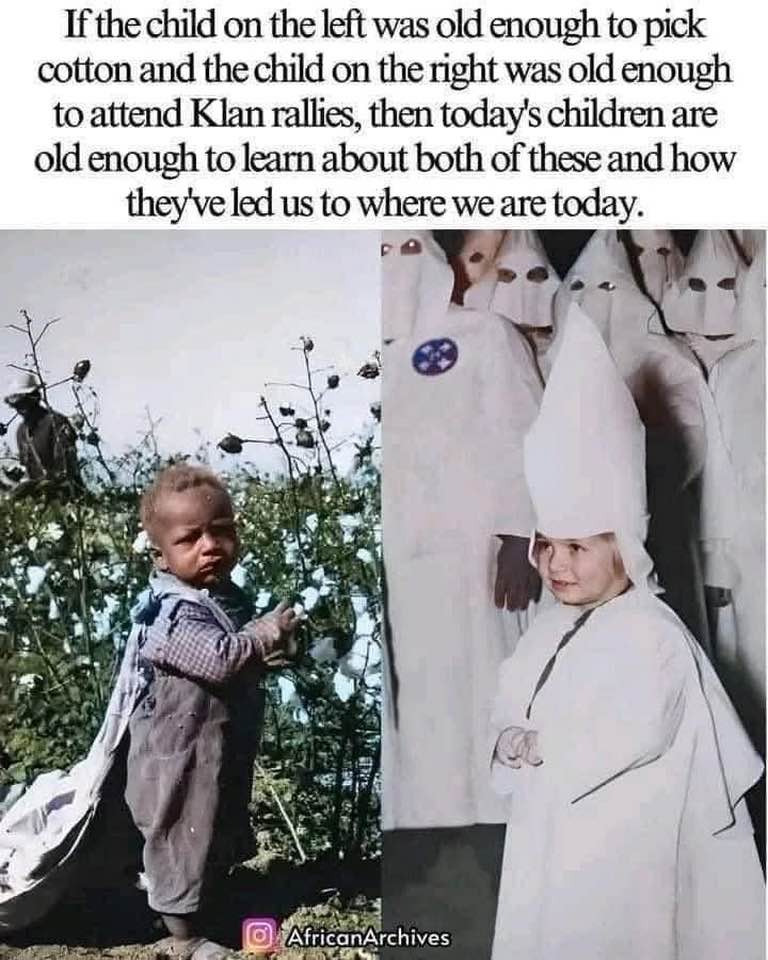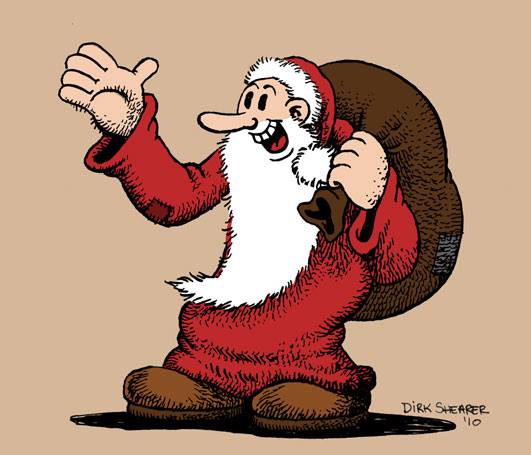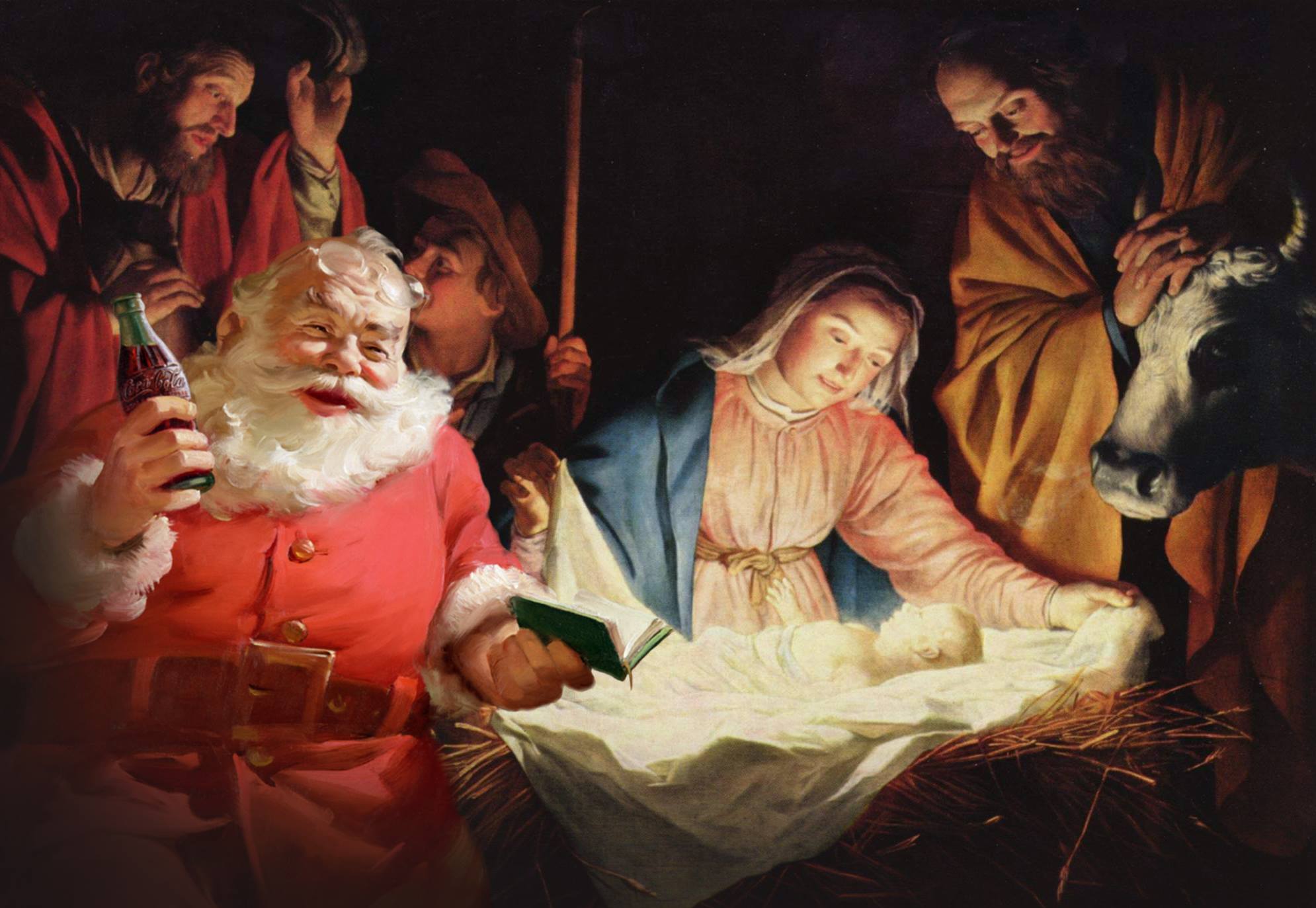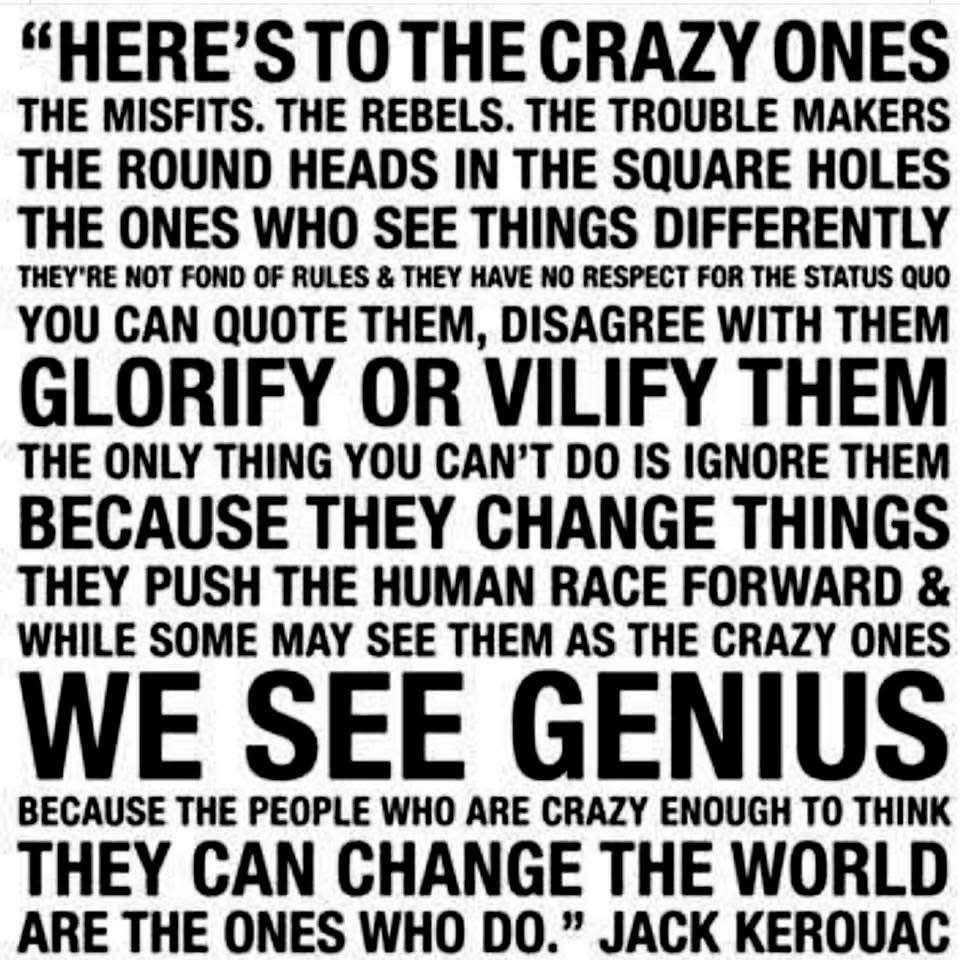Blog
Frank Vincent Zappa (December 21, 1940 – December 4, 1993 Baltimore, MD) was an American musician, composer, and bandleader. In a career spanning more than 30 years, Zappa composed rock, pop, jazz, jazz fusion, orchestral and musique concrète works; he also produced almost all of the 60-plus albums that he released with his band the Mothers of Invention and as a solo artist. His work is characterized by nonconformity, improvisation sound experimentation, musical virtuosity and satire of American culture. Zappa also directed feature-length films and music videos, and designed album covers. He is considered one of the most innovative and stylistically diverse musicians of his generation.
As a mostly self-taught composer and performer, Zappa had diverse musical influences that led him to create music that was sometimes difficult to categorize. While in his teens, he acquired a taste for 20th-century classical modernism, African-American rhythm and blues, and doo-wop music. He began writing classical music in high school, while simultaneously playing drums in rhythm and blues bands, later switching to electric guitar. His debut studio album with the Mothers of Invention, Freak Out! (1966), combined satirical but seemingly conventional rock and roll songs with extended sound collages. He continued this eclectic and experimental approach throughout his career.
Zappa’s output is unified by a conceptual continuity he termed “Project/Object”, with numerous musical phrases, ideas, and characters reappearing across his albums. His lyrics reflected his iconoclastic views of established social and political processes, structures and movements, often humorously so, and he has been described as the “godfather” of comedy rock. He was a strident critic of mainstream education and organized religion, and a forthright and passionate advocate for freedom of speech, self-education, political participation and the abolition of censorship. Unlike many other rock musicians of his generation, he disapproved of recreational drug use, but supported decriminalization and regulation.
Zappa was a highly productive and prolific artist with a controversial critical standing; supporters of his music admired its compositional complexity, while detractors found it lacking emotional depth. He had greater commercial success outside the US, particularly in Europe. Though he worked as an independent artist, Zappa mostly relied on distribution agreements he had negotiated with the major record labels. He remains a major influence on musicians and composers. His many honors include his posthumous 1995 induction into the Rock and Roll Hall of Fame and the 1997 Grammy Lifetime Achievement Award.
more...Bennie Ross “Hank” Crawford, Jr. (December 21, 1934 – January 29, 2009 Memphis, TN) was an American alto saxophonist, pianist, arranger and songwriter whose genres ranged from R&B, hard bop, jazz-funk, and soul jazz. Crawford was musical director for Ray Charles before embarking on a solo career releasing many well-regarded albums for labels such as Atlantic, CTI and Milestone.
When Crawford left Ray Charles in 1963 to form his own septet, he had already established himself with several albums for Atlantic Records. From 1960 until 1970, he recorded twelve LPs for the label, many while balancing his earlier duties as Ray’s director. He released such pre-crossover hits as “Misty“, “The Peeper”, “Whispering Grass“, and “Shake-A-Plenty”.
He also has done musical arrangement for Etta James, Lou Rawls, and others. Much of his career has been in R&B, but in the 1970s he had several successful jazz albums, with I Hear a Symphony reaching 11 on Billboard‘s Jazz albums list and 159 for Pop albums.
more...Stephen William Bragg (born 20 December 1957) is an English singer, songwriter, musician, author and political activist. His music blends elements of folk music, punk rock and protest songs, with lyrics that mostly span political or romantic themes. His activism is centred on social change and left-wing political causes.
Bragg was born in 1957 in Barking, Essex (later part of Greater London) to Dennis Frederick Austin Bragg, an assistant sales manager to a Barking cap maker and milliner, and his wife Marie Victoria D’Urso, who was of Italian descent through her father. Bragg’s father died of lung cancer in 1976, and his mother died in 2011.
Bragg was educated at Northbury Junior School and Park Modern Secondary School (now part of Barking Abbey Secondary School) in Barking. He failed his eleven-plus exam. He developed an interest in poetry at age twelve, when his English teacher chose him to read a poem he had written for a homework assignment on a local radio station. He focused on learning and practising the guitar with his next-door neighbour, Philip Wigg (Wiggy). Some of their influences were the Faces, Small Faces and the Rolling Stones. He was also exposed to folk and folk-rock music during his teenage years, citing Simon & Garfunkel and Bob Dylan as early influences on his songwriting.
During the rise of punk rock and new wave in the late 1970s, Elvis Costello also served as an inspiration for Bragg. He was particularly influenced by the Jam, as well as the Clash, whom he had seen play live in London in May 1977 on their White Riot Tour, and again at a Rock Against Racism carnival in April 1978, which he admits was the first time he really stepped into the world of music as it is used for political activism. The experience of the gig and preceding march helped shape Bragg’s left-wing politics, a change from his having previously “turned a blind eye” to casual racism.
more...Friday December 20th Hiddur Tefillah Shabbat Service 630pm at Mt Zion St Paul. Music with Jennifer Struss-Klein, Tami Morse, mick laBriola and more.
more...NGC 7380 is a young open cluster of stars in the northern circumpolar constellation of Cepheus, discovered by Caroline Herschel in 1787. The surrounding emission nebulosity is known colloquially as the Wizard Nebula, which spans an angle of 25′. German-born astronomer William Herschel included his sister’s discovery in his catalog, and labelled it H VIII.77. The nebula is known as S 142 in the 1959 Sharpless catalog (Sh2-142). It is extremely difficult to observe visually, usually requiring very dark skies and an O-III filter. The NGC 7380 complex is located at a distance of approximately 8.5 kilolight-years from the Sun, in the Perseus Arm of the Milky Way.
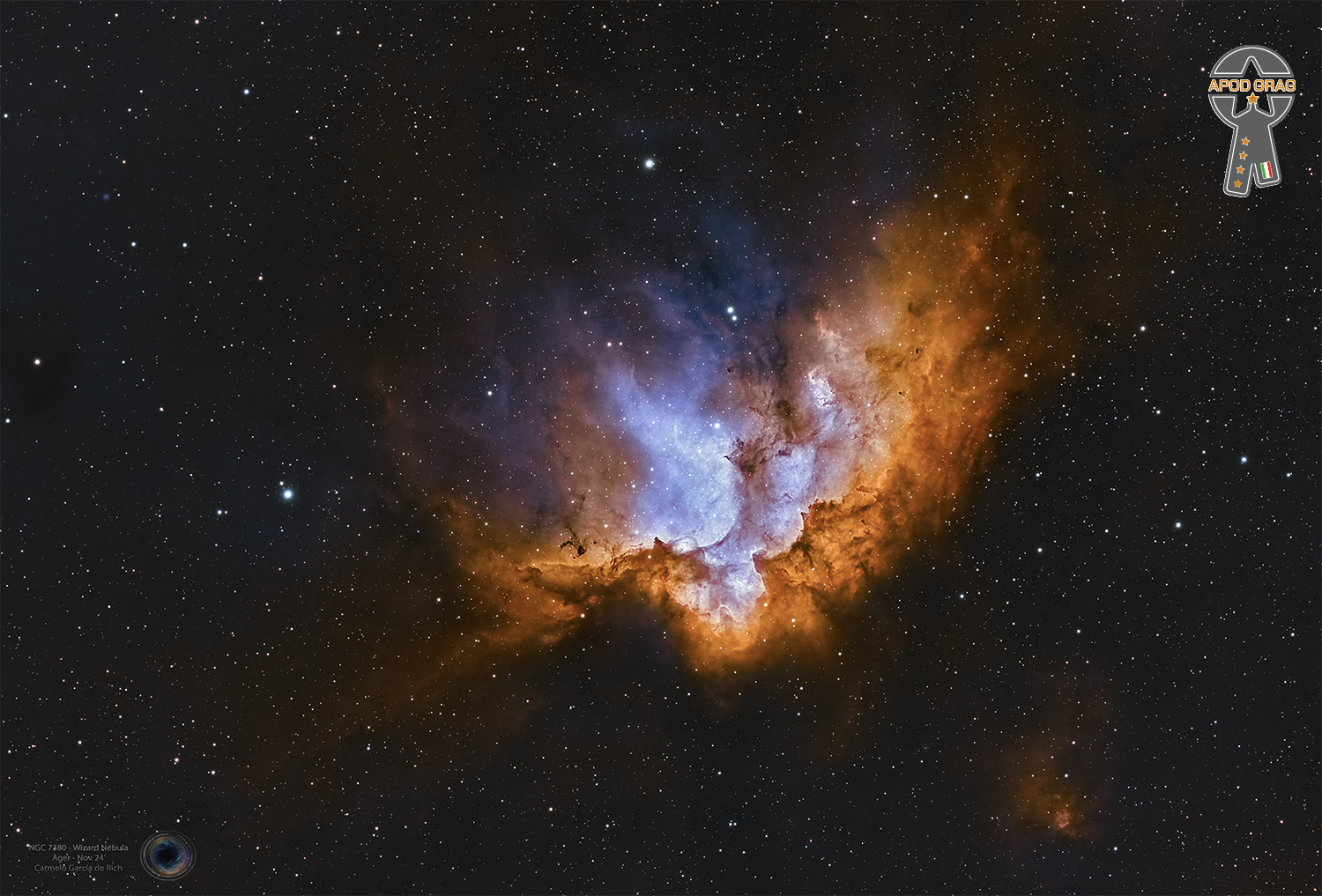
Alan Parsons OBE (born 20 December 1948) is an English audio engineer, songwriter, musician and record producer.
Parsons was the sound engineer on albums including the Beatles‘ Abbey Road (1969) and Let It Be(1970), Pink Floyd‘s The Dark Side of the Moon (1973), and the eponymous debut album by Ambrosia in 1975. Parsons’s own group, the Alan Parsons Project, as well as his subsequent solo recordings, have also been commercially successful. He has been nominated for 14 Grammy Awards, with his first win occurring in 2019 for Best Immersive Audio Album for Eye in the Sky (35th Anniversary Edition).
more...Lawrence Elliott Willis (December 20, 1942 – September 29, 2019) was an American jazz pianist and composer. He performed in a wide range of styles, including jazz fusion, Afro-Cuban jazz, bebop, and avant-garde.
Willis was born in New York City. After his first year studying music theory at the Manhattan School of Music he began performing regularly with Jackie McLean. After he graduated he made his first jazz recording, McLean’s Right Now! in January 1965, which featured two of Willis’ compositions. His first recording of any type, however, was as a singer with the Music and Arts Chorale Ensemble, performing an opera by Aaron Copland under the direction of Leonard Bernstein. He decided to concentrate on jazz because of the difficulties African-American musicians had in finding work in concert music.
Throughout his career he performed with a wide range of musicians, including several years as keyboardist for Blood, Sweat & Tears (beginning in 1972). He spent several years as pianist for trumpeters Nat Adderley and Woody Shaw as well as long and productive tenures with Roy Hargrove and with Jerry Gonzalez and his Fort Apache Band. His late recording with Paul Murphy, Exposé, demonstrated the fusion principles of bebop and avant-garde jazz. His composition “Sanctuary” began exploring works employing strings. After a successful performance in Frank Lloyd Wright‘s Annie Pfieffer Chapel at Florida Southern College‘s Child of the Sun Jazz Festival he was commissioned to write a full-scale orchestral work for jazz trio and orchestra. He worked with Hugh Masekela on a South African Suite of music and interpreted Miles Davis‘ work. He was in the Round About Midnight tour of Miles Davis’ music. He received the Don Redman award in 2011, and the Benny Golson Jazz Master Award at Howard University in 2012.
He died of an aneurysm in Baltimore at the age of 76.
more...Soleá from Alcala
It is a slower and much more solemn version of this style. It was created by Joaquín el de la Paula, a Sevillian from Alcala de Guadaira and a former soldier in the American-Spanish War. Coming back from the war, he began to sing. It is believed that he came back with certain physical characteristics that provided his soleares, which he could never record, with its typical peacefulness. Juan Talega, the nephew of the former, is another great figure of this style. He became famous at the peak of his life.
more...C/2021 A1 (Leonard) was a long period comet that was discovered by G. J. Leonard at the Mount Lemmon Observatory on 3 January 2021 (a year before perihelion) when the comet was 5 AU(750 million km) from the Sun. It had a retrograde orbit. The nucleus was about 1 km (0.6 miles) across. It came within 4 million km (2.5 million mi) of Venus, the closest-known cometary approach to Venus.
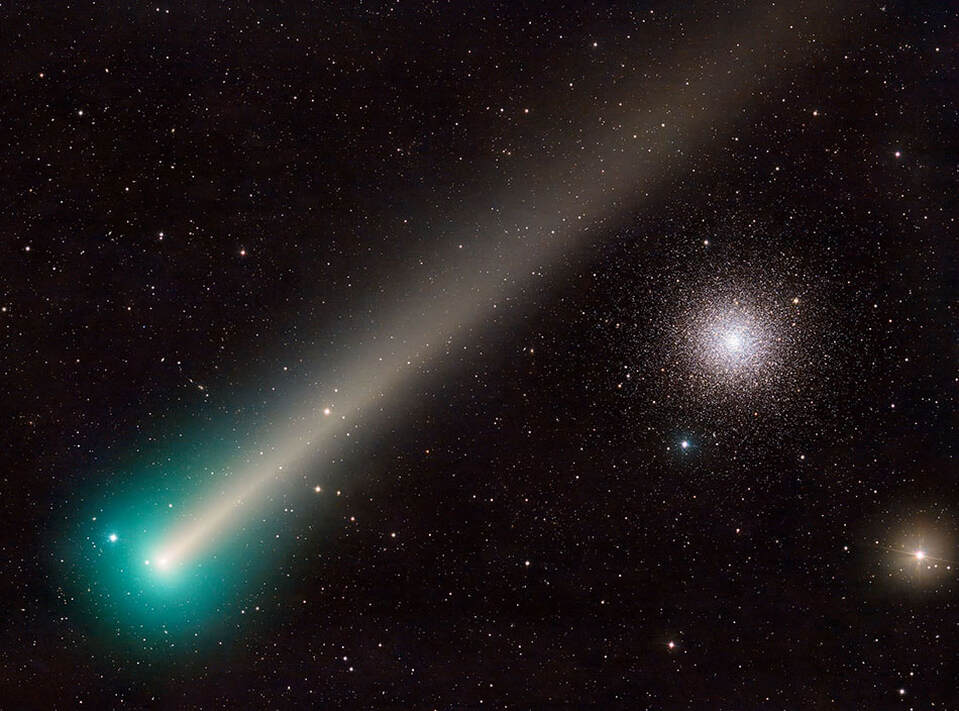
Édith Giovanna Gassion (19 December 1915 – 10 October 1963), known as Édith Piaf ), was a French entertainer best known for performing songs in the cabaret and modern chanson genres. She is widely regarded as France’s greatest popular singer and one of the most celebrated performers of the 20th century.
Piaf’s music was often autobiographical, and she specialized in chanson réaliste and torch ballads about love, loss and sorrow. Her most widely known songs include “La Vie en rose” (1946), “Non, je ne regrette rien” (1960), “Hymne à l’amour” (1949), “Milord” (1959), “La Foule” (1957), “L’Accordéoniste” (1940), and “Padam, padam…” (1951).
Having begun her career touring with her father at age fourteen, her fame increased during the German occupation of France and in 1945, Piaf’s signature song, “La Vie en rose” (‘life in pink‘) was published. She became France’s most popular entertainer in the late 1940s, also touring Europe, South America and the United States, where her popularity led to eight appearances on The Ed Sullivan Show.
Piaf continued to perform, including several series of concerts at the Paris Olympia music hall, until a few months before her death in 1963 at age 47. Her last song, “L’Homme de Berlin”, was recorded with her husband in April 1963. Since her death, several documentaries and films have been produced about Piaf’s life as a touchstone of French culture.
more...Kermit Ruffins (born December 19, 1964) is an American jazz trumpeter, singer, and composer from New Orleans. He has been influenced by Louis Armstrong and Louis Jordan and says that the highest note he can hit on trumpet is a high C. He often accompanies his songs with his own vocals. Most of his bands perform New Orleans jazz standards though he also composes many of his own pieces. Jon Pareles of The New York Times wrote, “Mr. Ruffins is an unabashed entertainer who plays trumpet with a bright, silvery tone, sings with off-the-cuff charm and never gets too abstruse in his material.”
more...Leonard “Lenny” White III (December 19, 1949 – present NY,NY) is a fusion jazz drummer best known for his innovative contributions to the genre, in which he set musical standards that continue to influence musicians today. Throughout the course of his career, White was a member of the band Return to Forever led by Chick Corea in the 1970s, and he has played with the likes of Miles Davis and Al Di Meola. White has been called “one of the founding fathers of jazz fusion”.
Though most popular in the earlier years of his career, White has received various awards, including three Grammys and one Latin Grammy, and has continued to receive recognition in more recent years. His song Algorithm Takedown won Best Song at the Cannes World Film Festival in 2023.
more...Robert Henry Timmons (December 19, 1935 – March 1, 1974 Philadelphia, PA) was an American jazz pianist and composer. He was a sideman in Art Blakey‘s Jazz Messengers for two periods (July 1958 to September 1959; February 1960 to June 1961), between which he was part of Cannonball Adderley‘s band. Several of Timmons’ compositions written when part of these bands – including “Moanin’“, “Dat Dere“, and “This Here” – enjoyed commercial success and brought him more attention. In the early and mid-1960s he led a series of piano trios that toured and recorded extensively.
Timmons was strongly associated with the soul jazz style that he helped initiate. This link to apparently simple writing and playing, coupled with drug and alcohol addiction, led to a decline in his career. Timmons died, aged 38, from cirrhosis. Several critics have commented that his contribution to jazz remains undervalued.
more...
More Posts
- Pim Jacobs
- Zoot Sims
- World Fusion with Australian Art Orchestra
- Daily Roots with Earth & Stone
- Surviving the Pandemic and Realizing Racial Justice
- The Cosmos with NGC 6357
- Richard Bona
- Elton Dean
- Glen Moore
- Charlie Daniels
- World Music with Black String
- Daily Roots with Errol Holt
- Surviving the Pandemic and Realizing Racial Justice
- The Cosmos with AM 0644-741
- Philip Catherine
- George Wallington
- Babs Gonzales
- World Music with Mauro Durante
- Daily Roots with Lee Scratch Perry & Mad Professor
- Surviving the Pandemic and Realizing Racial Justice
